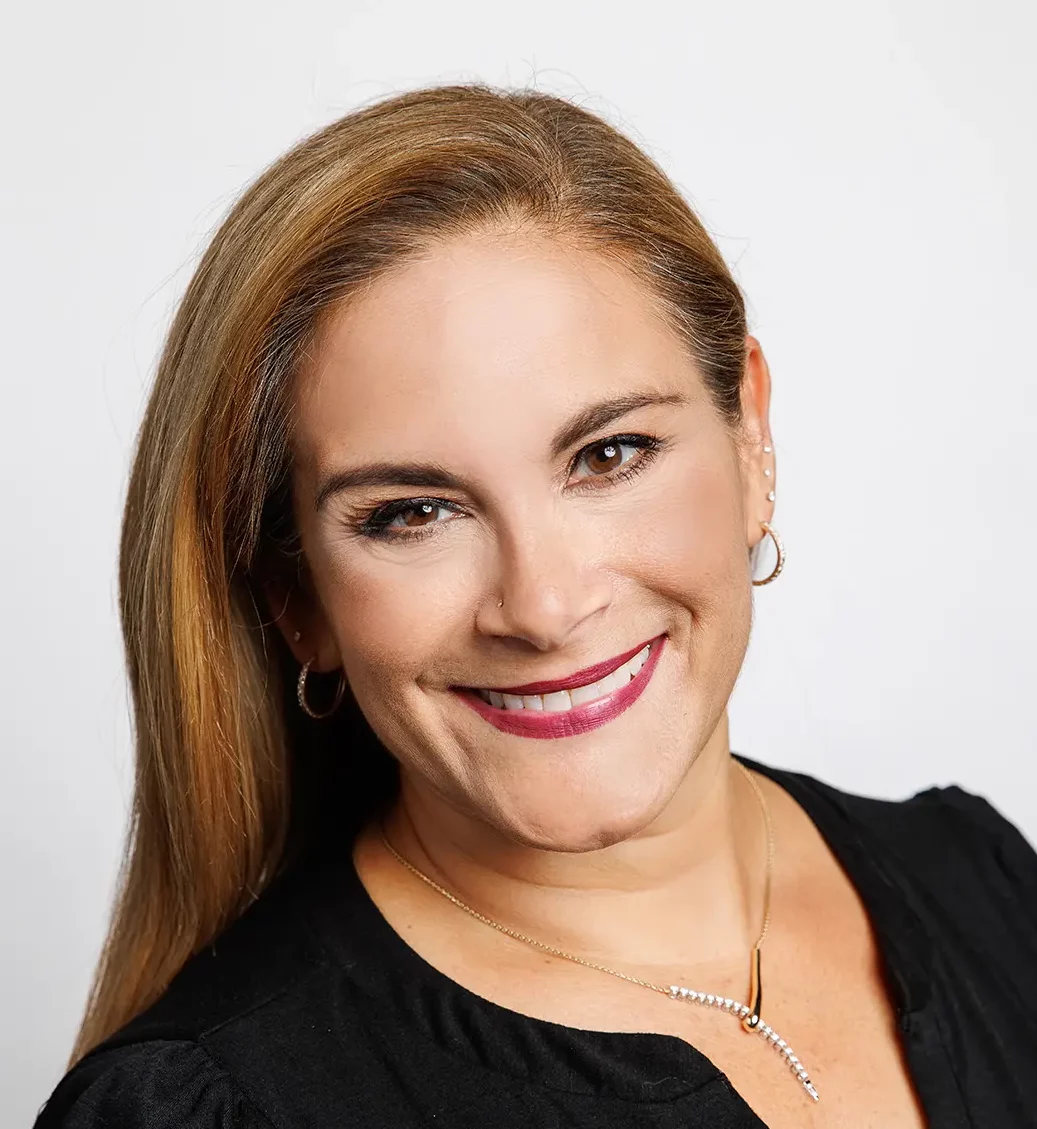Tag
rural health
-
Teleneurology improves access to specialty care for rural residents
You might not think of neurology as a specialty that lends itself well to telehealth appointments, but the Veterans Health…
-
•
August 30, 2023
August 30, 2023 What We’re Reading America’s unique, enduring gun problem, explained (Nicole Narea, Li Zhou, and Ian Millhiser for…
-
•
August 23, 2023
August 23, 2023 On-site registration available for this week’sRural Health Journalism Workshop in KCMO Did you miss the registration deadline…
-
•
August 16, 2023
August 16, 2023 On-site registration available forRural Health Journalism Workshop Did you miss the registration deadline for the Rural Health…
-
•
August 9, 2023
August 9, 2023 Upcoming deadline: Rural Health Journalism Workshop registration closes on Friday Workshop registration closes this Friday, Aug. 11. Secure your…
-
•
August 2, 2023
August 2, 2023 What We’re Reading 2023 Rural Health Journalism Workshop Workshop Registration closes on Aug. 11. Secure your spot and register…
-
•
July 26, 2023
July 26, 2023 What We’re Reading Extreme heat Is deadlier than hurricanes, floods and tornadoes combined (Terri Adams-Fuller for Scientific…
-
•
July 19, 2023
July 19, 2023 What We’re Reading Why can’t we stop homelessness? 4 reasons why there’s no end in sight (Jennifer…
-
•
July 12, 2023
July 12, 2023 What We’re Reading Alzheimer’s drug Leqembi gets full FDA approval. Medicare coverage should soon follow (Jon Hamilton…
-
•
Final July 6, 2023
July 6, 2023 What We’re Reading As psychedelics near approval, there’s no consensus on how they work (Olivia Goldhill for…



